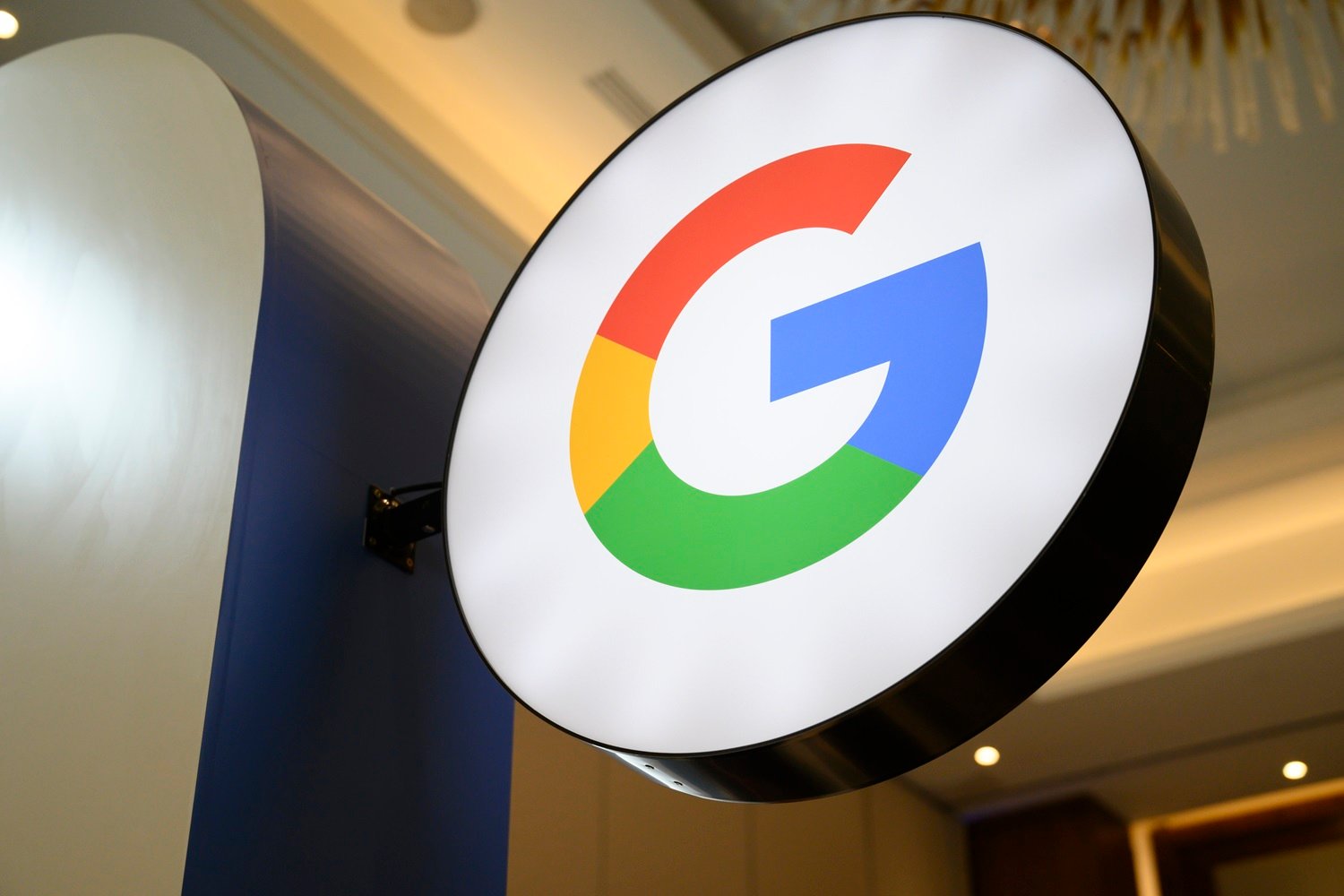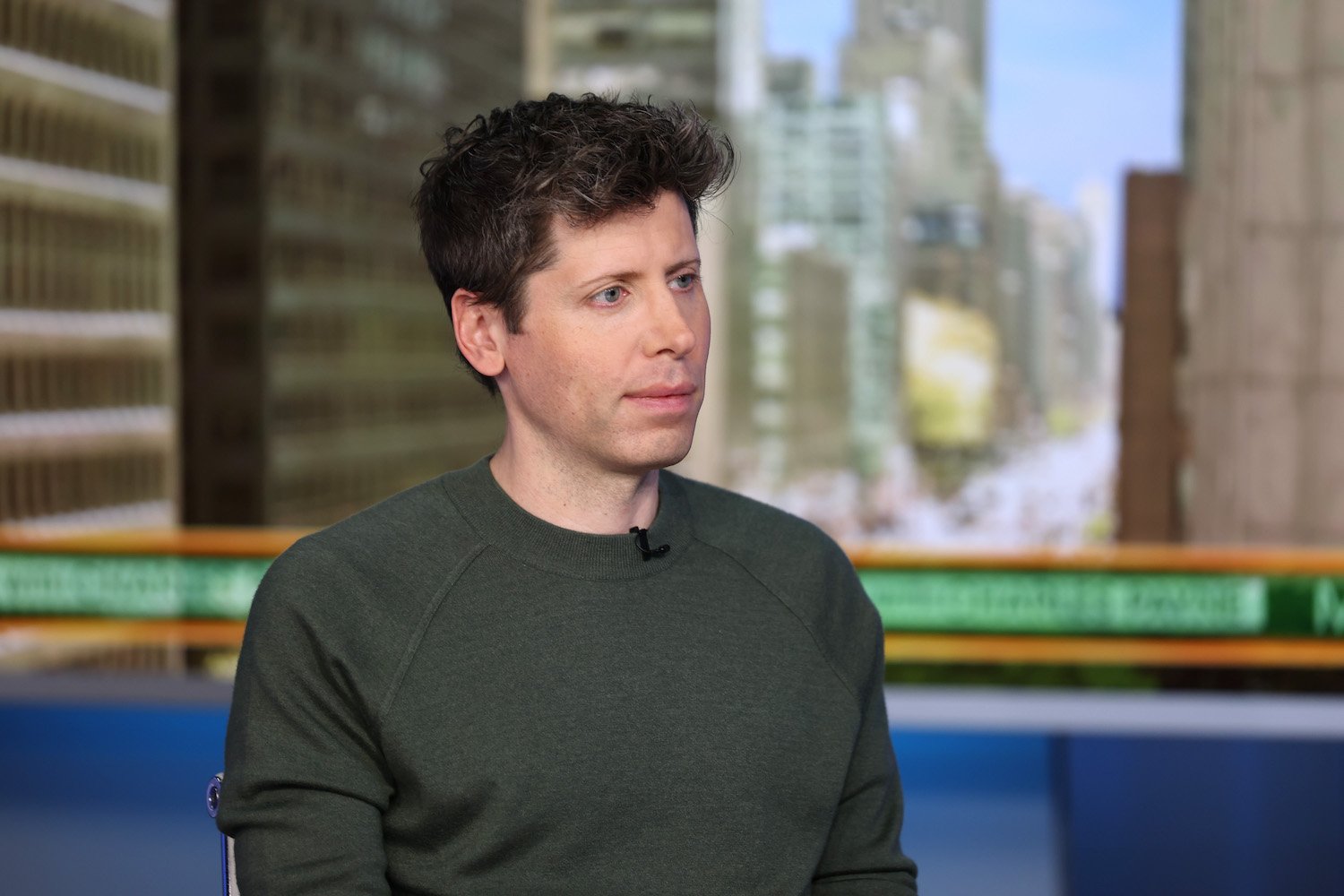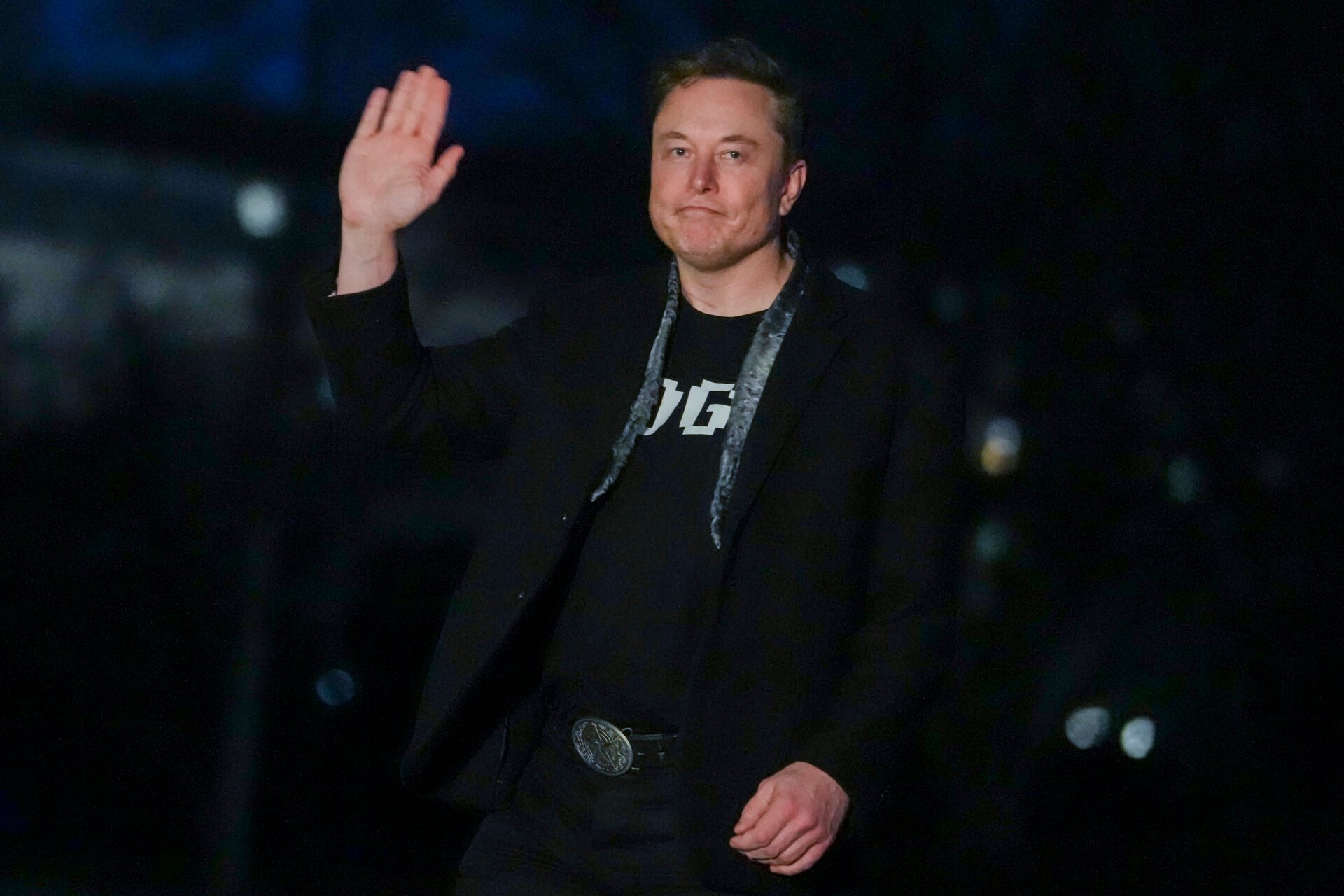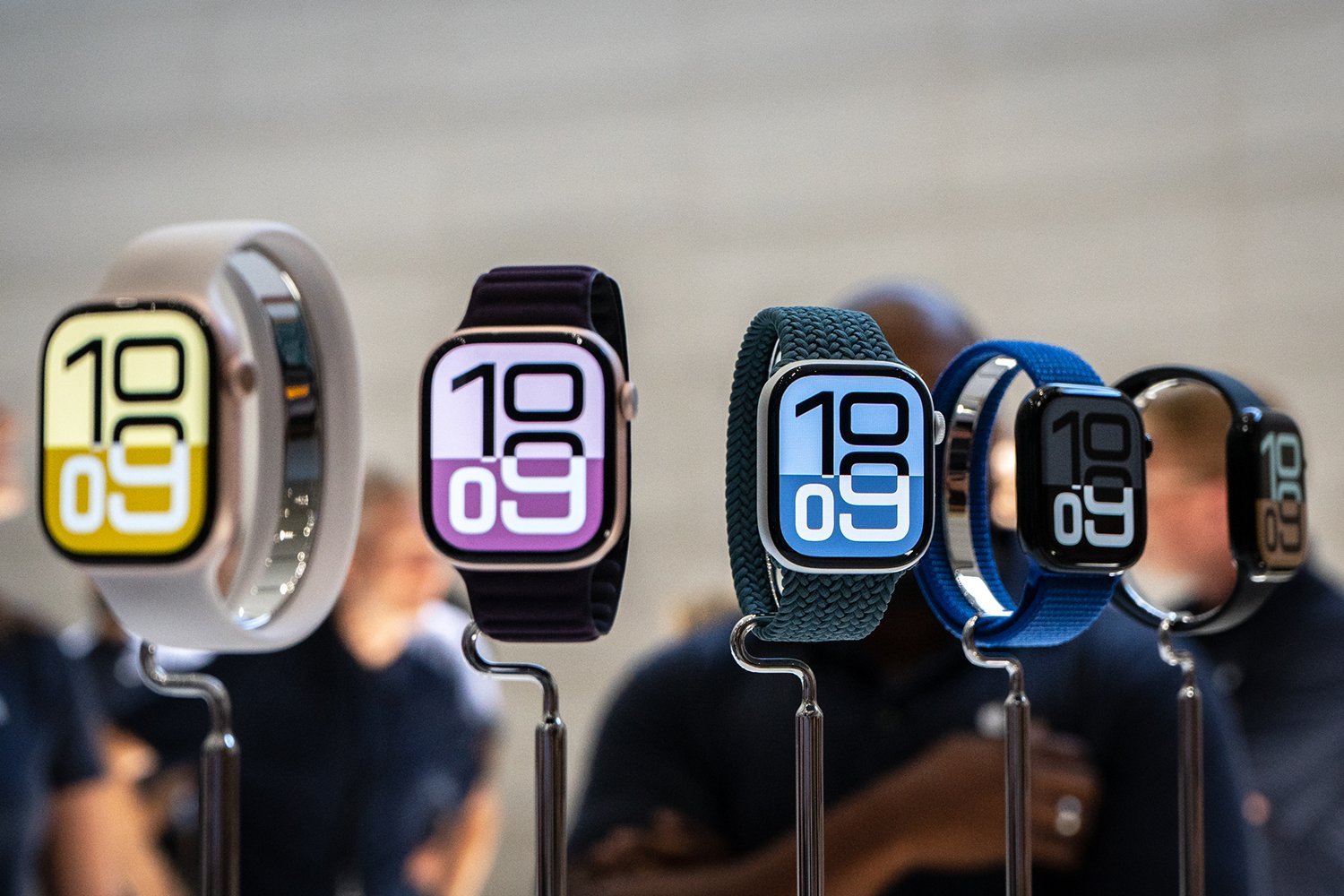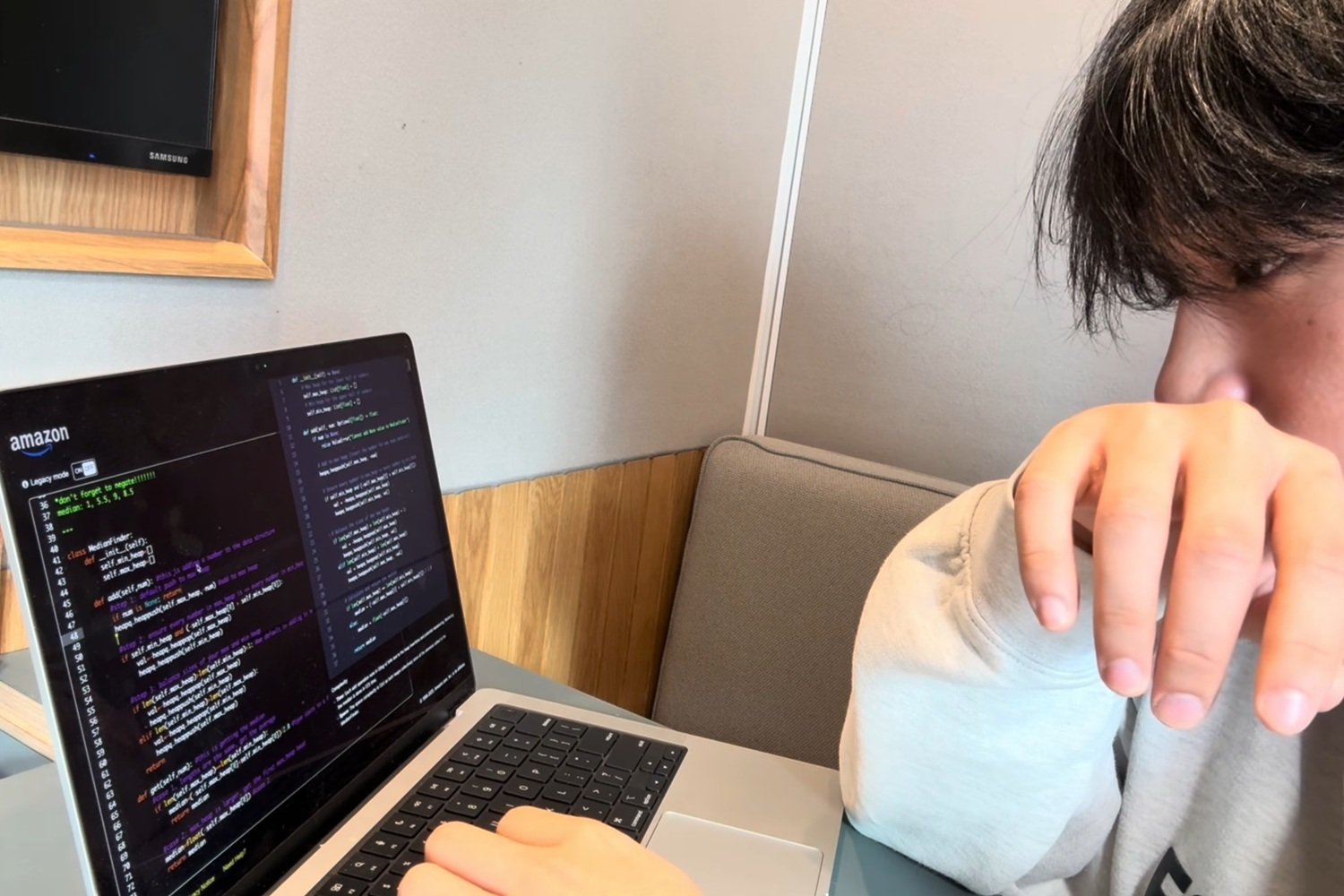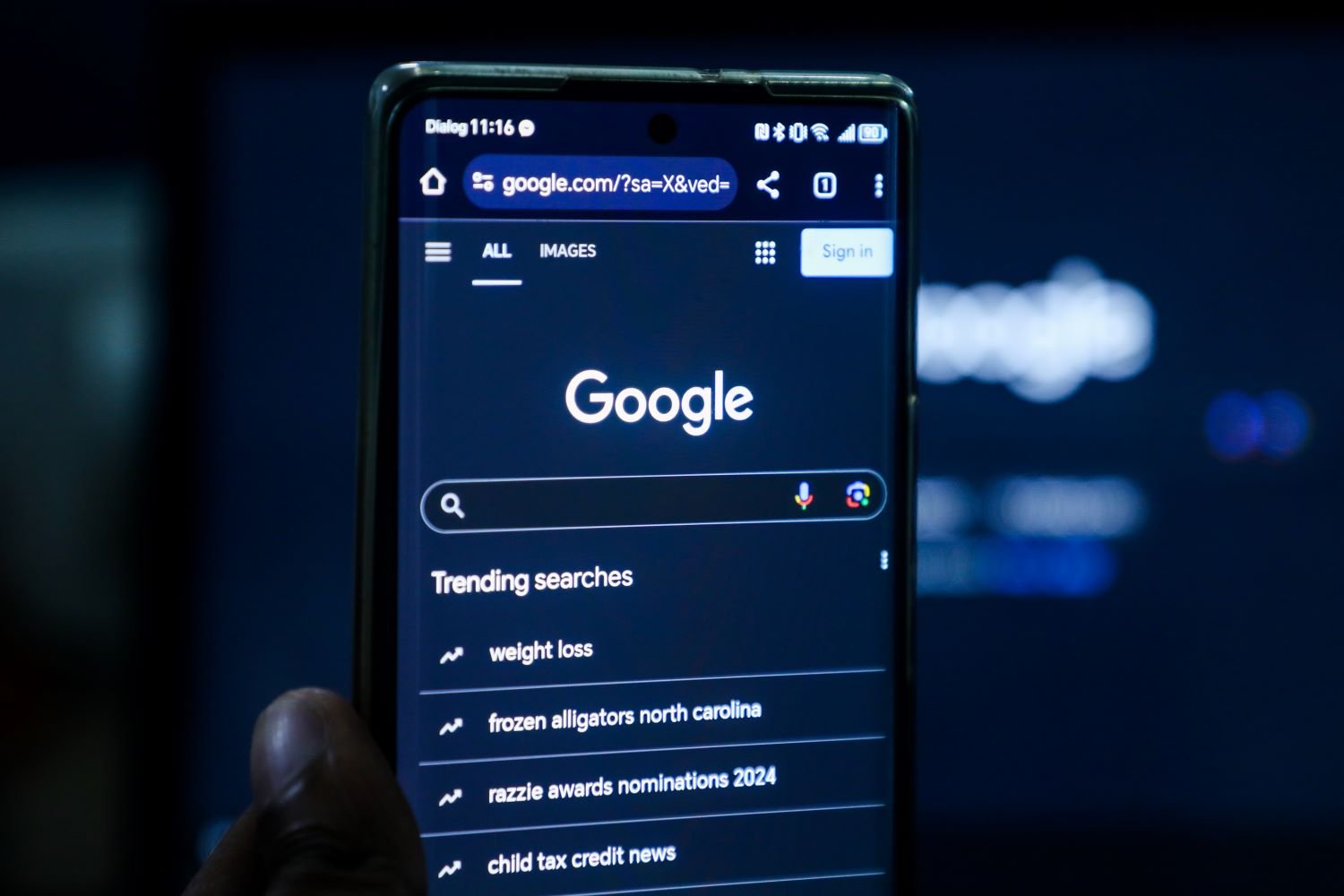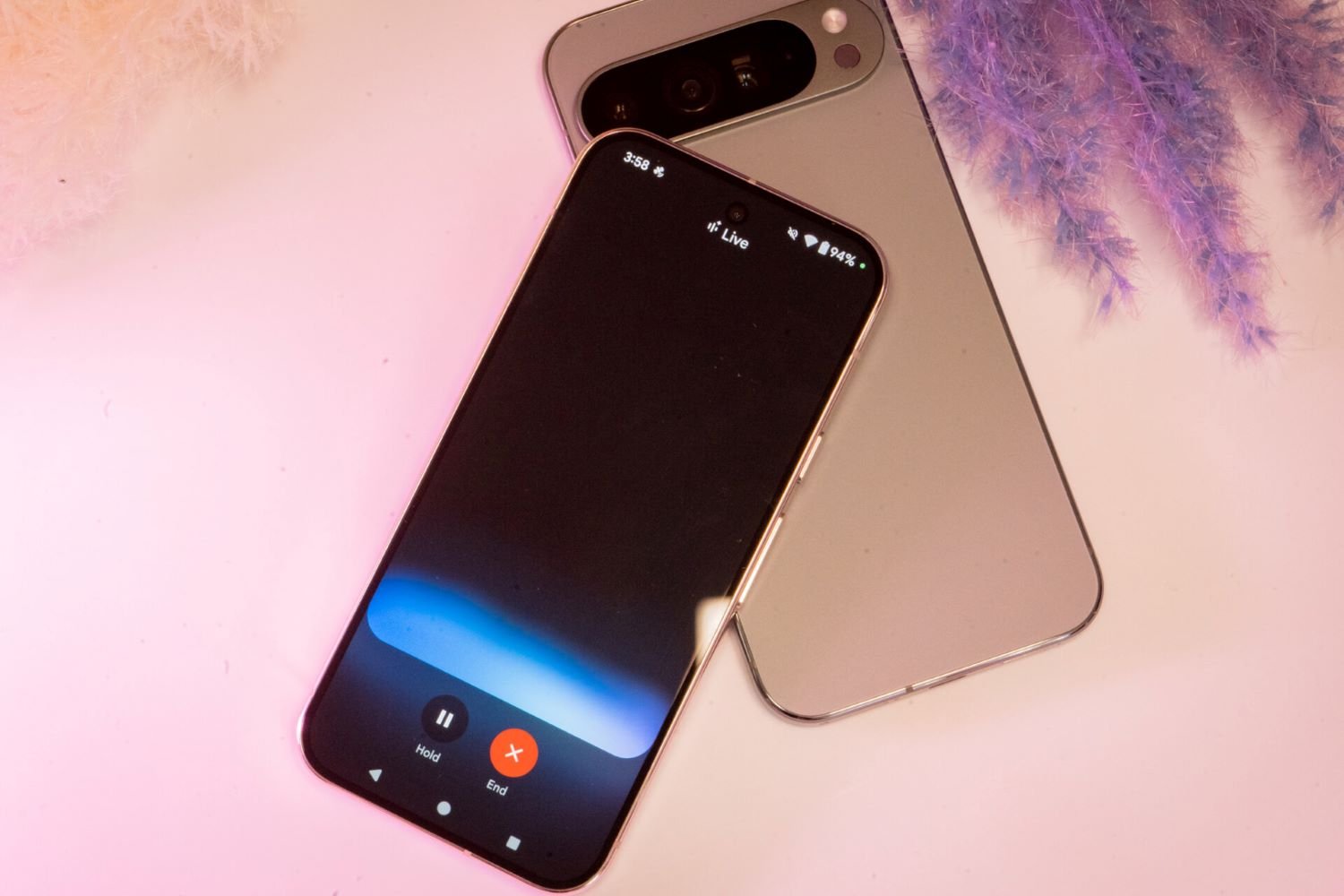Google’s experimental AI image generation tool, Gemini Flash 2.0, has gained attention for its ability to remove watermarks from copyrighted images, as revealed by users on social media. While currently limited to developers, this discovery raises questions about copyright protection in the age of increasingly powerful AI tools.
This new capability comes at a time when numerous apps offer object removal from photos, and generative AI models continue to enhance their functionality. Companies like Adobe are integrating advanced object removal tools into their software, while Apple devices feature the “Clean up” tool for similar purposes. Gemini Flash 2.0, however, appears to take this capability to a new level.
The above X post demonstrates the effectiveness of Gemini Flash 2.0 in removing objects, including watermarks.
Large closed models from companies like Google and OpenAI often include restrictions to avoid legal issues. OpenAI’s Dall-E, for example, avoids generating copyrighted characters. Microsoft has even taken legal action against individuals manipulating their image models. It’s highly likely that Google will implement measures to curb watermark removal in Gemini Flash 2.0 to avoid similar legal challenges.
The challenge, as many have pointed out, is that open-source models, with their customizable safety features, make it difficult to completely prevent such use. However, by actively demonstrating efforts to prevent misuse, Google aims to mitigate legal liability. Even open models often have licensing agreements, and legal avenues exist to address abuses.
Ironically, Google’s AI models often add their own watermark to generated or modified images to indicate AI involvement. This has led to comparisons of AI to a process of appropriating content, removing ownership markers, and then stamping it with its own. This poses a complex question about ownership and attribution in the era of AI-generated content.



